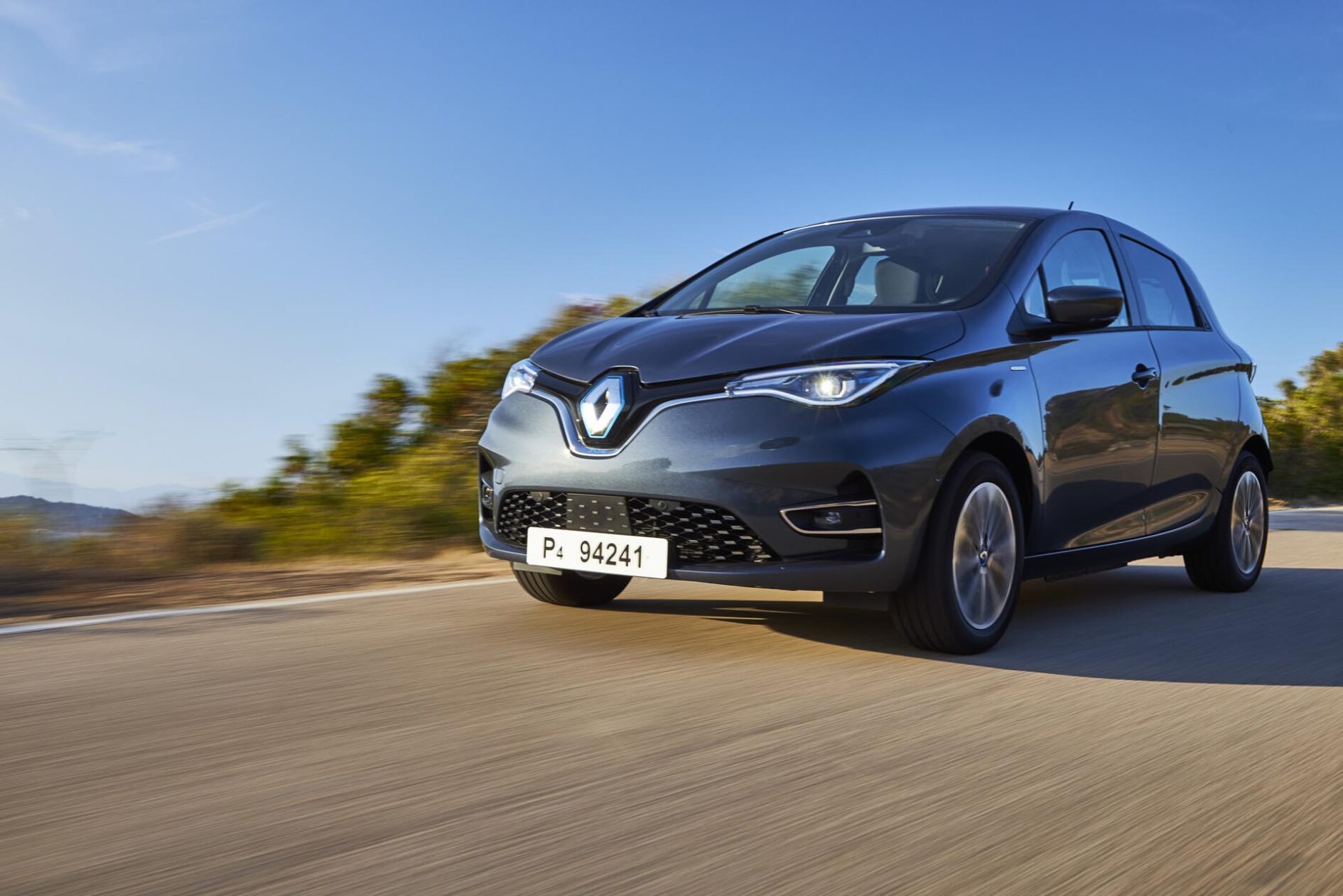

The electric car and the absence of noise
We’ve always been used to hearing cars coming from far away: the noise of a combustion car engine is unmistakable. This signature sound does not come without posing several public health problems in large cities: sleep disturbance, adverse effects on the endocrine, cardiovascular and immune systems, etc.
In this domain, electric cars obviously have a huge advantage! Unlike an internal combustion engine, which uses the energy released by burning a fuel to generate motion, the electric motor operates with electromagnetic fields and is therefore silent. Only a slight whistling sound, mainly related to the car’s added reduction gearbox, is audible. A relief for the ears… but potentially confusing for other road users, rarely used to dealing with such quiet vehicles.
There is therefore a real risk of silent electric cars leading to accidents caused by not paying attention. Those most at risk are pedestrians (especially children, the blind and visually impaired) and cyclists.
Are electric cars required to make noise?

To avoid any accidents, new EU legislation came into effect on July 1st 2019. Approved in Spring 2014, the Directive 540/2014 mandates the installation of a “vehicle acoustic warning system”, or AVAS on electric vehicles. In other words: a noisemaker! In fact, some automakers had already anticipated this requirement.
This was the case for Renault in particular: since 2014, the ZOE has had a small speaker located at the front, near the engine, to broadcast warning sounds. Drivers can choose from three sounds, but of which all feature two characteristics: a tone that varies with speed, so that passersby can identify by ear whether the vehicle is accelerating or slowing down, and a sound that shuts off at speeds over 30 km/h. This is because, beyond this speed, the noise emitted by the tires or the flow of air along the body of the vehicle is enough to signal the car’s presence.
A European standard for the noise of electric vehicles
The objective of this new European regulation is to generalize AVAS warning systems while also establishing a framework to their functionality. The standard recommends that noise be emitted from vehicle start-up to “about 20 km/h” according to the official text, including when driving in reverse.
The AVAS must also be able to be manually deactivated by the driver but must reactivate automatically when the car is restarted. The directive also specifies that the noise generator “may be diminished during certain periods of operation of the vehicle,” without specifying which ones. Lastly, the type of sound emitted and its volume are also subject to norms. It must be “continuous,” “clearly indicate the behavior of the vehicle” and “resemble the sound of a vehicle equipped with an internal combustion engine.” The principle of emitting a noise whose characteristics evolve with speed is thus retained, while its noise level should not exceed that of an equivalent combustion engine car. But you can trust manufacturers to stay well below this threshold: even with added sound, the electric car will stay quieter for the happiness of everyone: drivers, passengers and passersby alike.
Copyrights : KatarzynaBialasiewicz, OHM, Frithjof Agence : Frithjof Ohm INCL. Pretzsch




